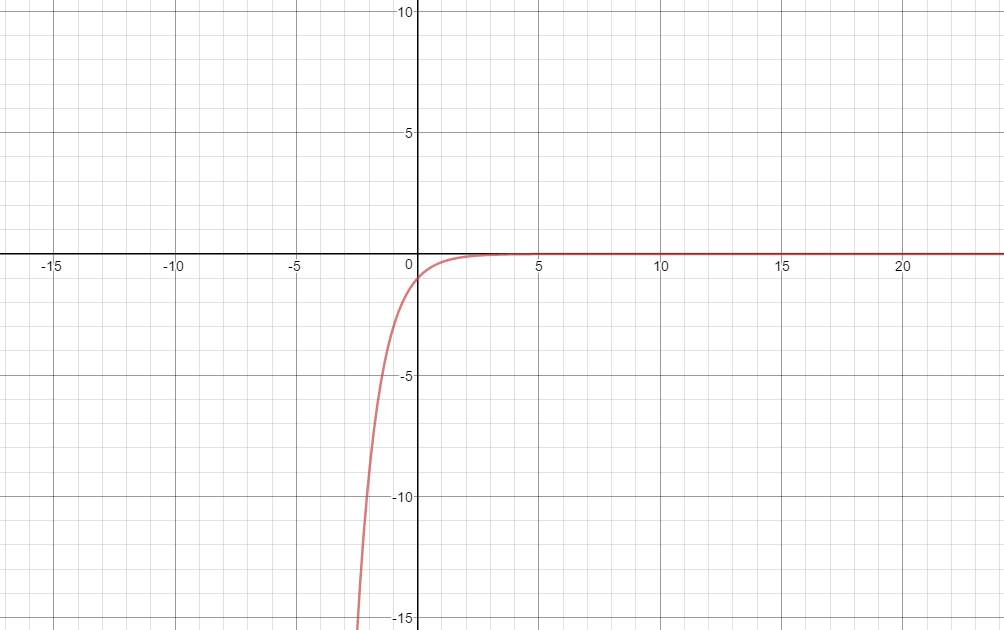How do you find the inverse of #y = -(1/3)^x #?
1 Answer
Let
Explanation:
Given:
Here is the graph of the function:

Please notice that the range of the function is
Substitute
The left side becomes x, because it is the definition of an inverse that
Multiply both sides by -1:
Because x can only be negative, we can use a logarithm of undetermined base, b, on both sides:
Use the property of logarithms
Use the property of logarithms
Divide both side by
You can use base 10, base e, or any base that you choose.
I will leave it to you to show that
